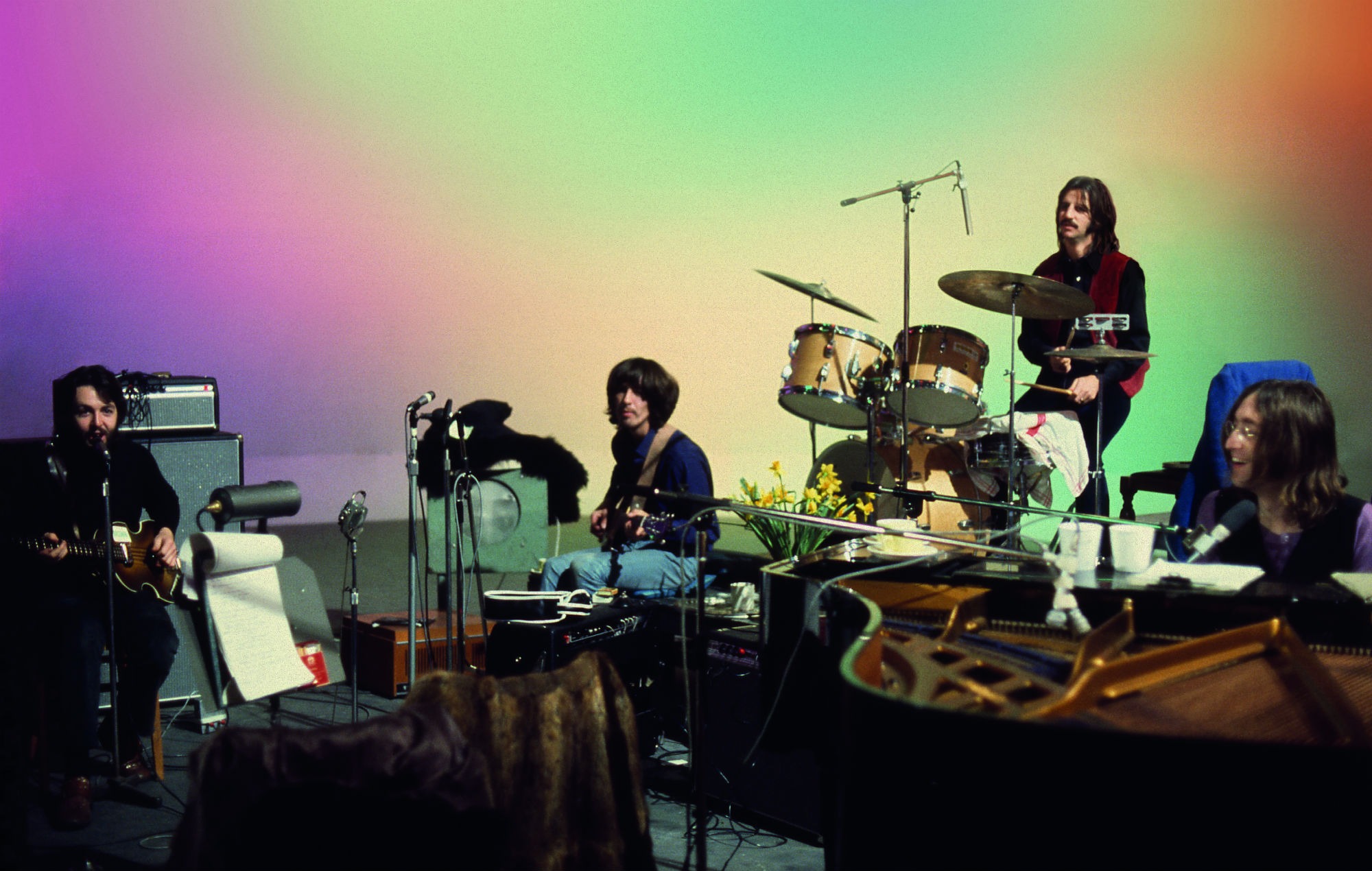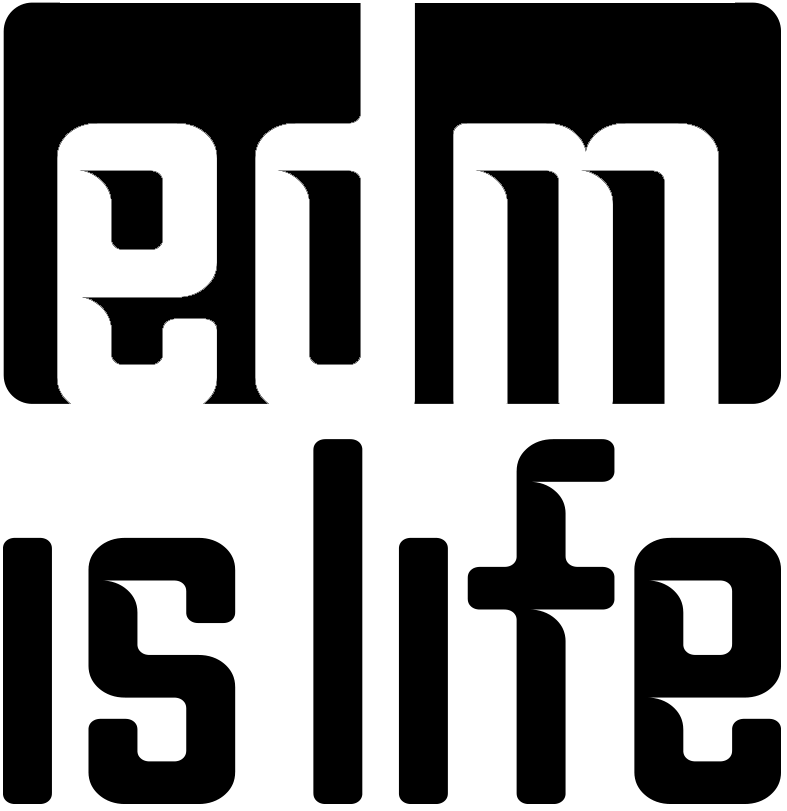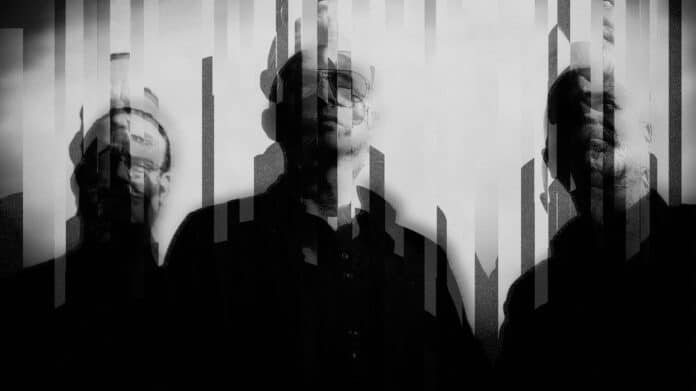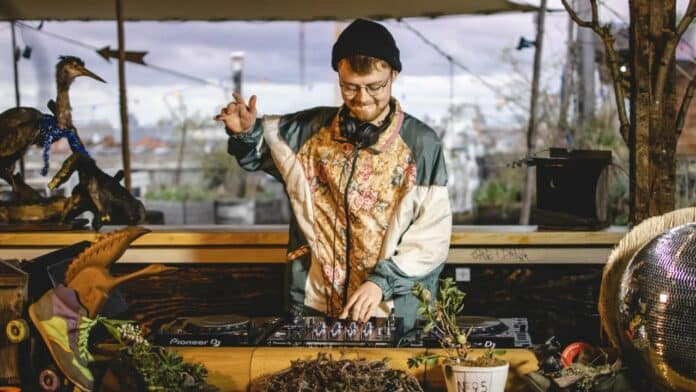
Producer Giles Martin on remixing The Beatles’ ‘Let It Be’: “I was surprised by the camaraderie”
Is there a less appropriately named album than ‘Let It Be’? First, rough recordings of The Beatles’ divisive 1970 album were handed over to Phil Spector, who controversially slathered his syrupy ‘Wall of Sound’ production all over the songs, before a dissatisfied Paul McCartney stripped it away for the 2003 un-mix album ‘Let It Be… Naked’. They should have called it ‘Let’s Try That Again…’
Now, Giles Martin – yes, son of late Beatles producer George, who was ostracised during ‘Let It Be’ – has polished the album up once more, effectively trying to find some middle ground between the two versions. At this point, Martin Jr. has remixed four of the Fab Four’s records and confesses: “I have been working on Beatles projects for longer than my Dad produced them, which is kind of embarrassing.”
‘Let It Be’ redux finally arrives this week. The original album emerged from exhaustively documented, self-contained 1969 studio sessions: the band wrote songs on the spot in two-and-a-half weeks, with cameras rolling the whole time, and then performed them at their legendary rooftop concert above their Apple offices on London’s Savile Row. That process was captured in Michael Lindsay-Hogg’s 1970 Let It Be documentary, and Peter Jackson has overhauled the raw footage for Get Back, his upcoming, six-hour TV reexamination of it all.
The new boxset includes an official album release of the concert (it’s been bootleg gold for decades), as well as studio outtakes of the band chatting and working out the kinks in the tunes – and their relationships. Listen up for John’s warm, Beatlesy rendition of ‘Gimme Some Truth’, which would eventually be released as a 1971 solo snarlathon.
Although the original ‘Let It Be’ was recorded before 1969’s ‘Abbey Road’, it wasn’t released until after the group parted ways: The Beatles’ ‘final’ record has thus been widely viewed as a break-up album. Yet Giles explains that the outtakes depict a band who have already found the long and winding road back to one another…
Is remixing ‘Let It Be’ the ultimate task for a producer?
“In some ways it’s easier than, say, attacking ‘Sgt. Pepper’s…’ [as that’s already perfect]. None of them are easy, because they’re The Beatles and you get criticised and examined, but this album is interesting because it’s a Beatles record that wasn’t really approved by The Beatles when it came out. We weren’t even sure we were gonna do it, to be honest with you. We’d tackled the others and I called Paul up and said, ‘What do you think about it?’, because he wasn’t happy about [Spector’s production as it happened without his consultation]. He said, ‘You can’t change history. But I don’t really like the harp on ‘The Long and Winding Road’ – could you turn that down a little bit…?’”
That’s been bothering him for 50 years!
“The funny thing is that it’s on the same track as the strings, so you can’t really! But the reaction to this whole project has shown that every Beatles album is really important. Everyone’s gone, ‘We can’t wait for this!’, which is great. I did half of ‘Let It Be’ in a cottage in the middle of nowhere because of lockdown. We were in isolation and so we were like The Beatles [while making the original album], in a way. It’s a small team that works on this: there’s me and Sam [Okell, engineer], and we send it out to The Beatles and The Beatles families, and that’s it.”
What do you make, personally, of Phil Spector’s treatment of the original album?
“If you take ‘Across The Universe’, for example: that’s like a folk song without his production on it, [which is] kind of slightly heavy handed. I think it would have been very different if my Dad had done it. Not necessarily better; just very different. I think Paul’s main issue with what happened is that he normally had a lot of input into the arrangements, and he didn’t with Spector – they arranged it without him. I was listening to [off-cuts from 1966’s] ‘Eleanor Rigby’ and even at that early stage you can hear my Dad saying, ‘Do you want that vibrato or not vibrato, Paul?’”
Your Dad famously described ‘Let It Be’’ as “over-produced by Phil Spector”…
“Phil Spector was very different to my Dad – he was an artist producer, so he wanted everything to sound like Phil Spector had done it. My Dad was more of a sensitive, blueprint producer. He would take the ideas and interpret them, like a satellite dish that could beam them onto a vinyl record. Spector would force his character on it, but you can’t really take away from the iconic sound that he gives.
“I have the legacy of my Dad talking about what an unpleasant experience ‘Let It Be’ was, and how upset he was. It hurt him. The Beatles said they wanted a live album and didn’t need him to produce it, and then Spector did everything they said they wouldn’t do. That hurt him, and I think it hurt Paul too.”
How did you initially approach the project?
“You realise: this is an album that’s kind of fragmented in its creation. So how can we make it more unified in its sound? We put the strings through in Abbey Road [Studios] so they threaded through a bit and didn’t sound so stuck on… This album has a performance on a rooftop, a song – ‘Across The Universe’ – from a couple of years before, Phil Spector’s production and all the stuff from Savile Row, which was different for the Beatles because they were recording a rehearsing at the same time. So I suppose my approach was to make it sound more like an album.”
Were you surprised by anything you learned when you were delving through the offcuts?
“I was surprised by the camaraderie, especially between John and Paul. We sort of see this as The Beatles’ ‘break-up album’, and of course it wasn’t because they were back in the studio doing ‘I Want You (She’s So Heavy)’ [on ‘Abbey Road’] pretty soon afterwards… It was quite a collaborative process. The strain of ‘Let It Be’ was actually the strain that [John and Paul] put on George and Ringo by trying to force themselves together, and the strain of doing a live show with no songs in two-and-a-half weeks’ time.”
Tell us more about the strain on George and Ringo…
“What I can get [from the outtakes] is that George was being ostracised slightly during ‘Let It Be’. Because he had all these songs [which eventually became his sprawling 1970 solo album ‘All Things Must Pass’] but you hear John refer to him as “Harrisongs” – he’s got his own publishing deal and he’s come as a songwriter. It’s like, ‘Oh – we should give George a song.’ At this stage, George was writing way more than John was. I think John had some sort of writers’ block – he doesn’t have a huge amount of songs on ‘Let It Be’. I think the attention [John and Paul] were giving one another – almost like they were trying to rekindle their relationship – ostracised George, to a certain degree.”
Did you get the impression that legendary session player Billy Preston was key to the whole operation, too?
“I think Billy Preston brought a couple of things. First off, he was an amazing player. So, in Twickenham, there’s a fair amount of dicking around that goes on (to use the technical term). They seem to be just jamming mindlessly, and not really finishing songs. And the suddenly you’ve got someone who’s replaced Ray Charles on organ in his own band, as George says [in one clip]. He’s scarily good, and younger than they are. And they suddenly have to step up to the plate.
“Secondly, The Beatles are born live performers. This time, they didn’t have my Dad to perform to, but they kinda need someone like that. They needed to show off to someone. So not only did Billy Preston add things musically; I think his presence changed the way they approached it. He’s not there to patch things up; he’s there to play keyboards for their concert.”

With these remix projects, is part of the brief to make the albums sound ‘current’?
“With a recording, you’re frozen in time. I like the idea that The Beatles will always be that age that they were on record. If you’re 28 and you make a record in 1968, it’s the same as a 28-year-old making a record now. You don’t get any older; we just get older around it. The thing I try and get across is the transfer of energy. You listen to a Beatles record and it’s full of exuberance and it has to stand alongside a modern day… I like the idea that my kids listen to the Beatles and imagine being in the room with them, and [John and George] not being dead. That’s the magic of it.”
When you include studio outtakes in a box set like this, is there a danger of spoiling the magic?
“I always think about George Harrison saying [of the endless thirst for Beatles scraps], ‘We’re scraping the bottom of the bottom of the barrel now.’ This is the conversation I had with Paul in lockdown. He said, ‘How many versions of ‘Get Back’ do people need to hear?’ I said, ‘You’re asking the wrong person – my answer would be probably be less than other people’s answer!’
“But I also think there’s a beauty in the sketches. People can get inspired by realising there are raw ingredients to something they love. Sometimes you think, ‘How they hell did they do this? And then you go, ‘Oh! That’s how they did it!’” Sometimes it’s a bit disappointing that it wasn’t magic, but it’s also hugely inspiring.”
So you just have to be careful not to dig stuff out for the sake of it?
“When you get to ‘spot the difference’ [between certain takes], it gets crazy. Or you have tracks that just don’t sounds very good. There’s a famous rock’n’roll medley that they played on the Let It Be film. It just doesn’t sound very good! It’s not very well-played and it’s not meant to be heard again – it’s in the moment. [When deciding what to include], you never get it right for some people – but someone has to make a decision!”

It’s amazing how perfect and soothing the song ‘Let It Be’ sounds in 2021, given what we’ve all just been through…
“I find it quite amusing that this is considered a ‘forgotten’ Beatles album, or whatever, and yet it has one of the most successful Beatles songs of all time on it. And that’s the Beatles! It’s not like it’s the most successful Supertramp song of all time! [Laughs] It’s against some pretty stiff competition. And then you look at ‘Let It Be’ and you realise it has all these songs on it that are pretty bloody amazing. You think, ‘Jesus, they were kinda good, weren’t they?’”
– The ‘Let It Be’ boxset is out on October 15 via Apple. A new book, The Beatles: Get Back, will be released on the same day and Peter Jackson’s three-part TV documentary Get Back will premiere on Disney+ in November





